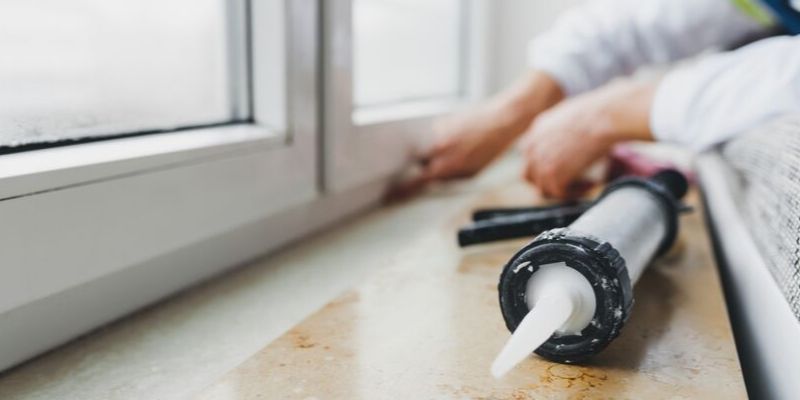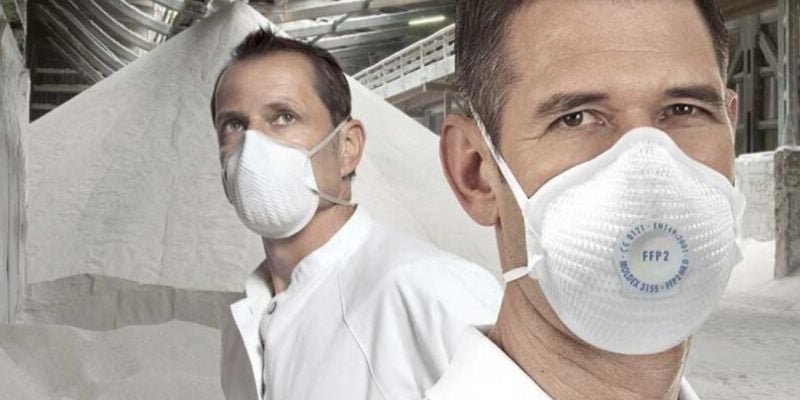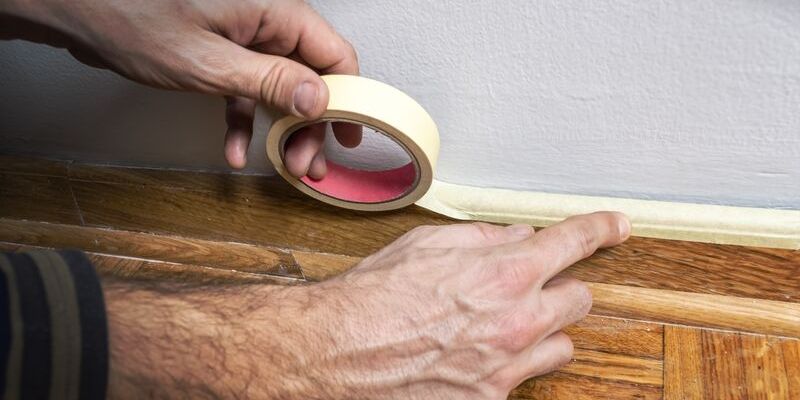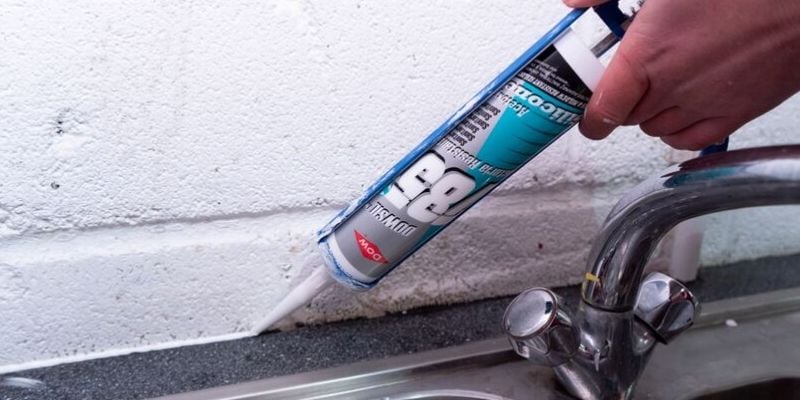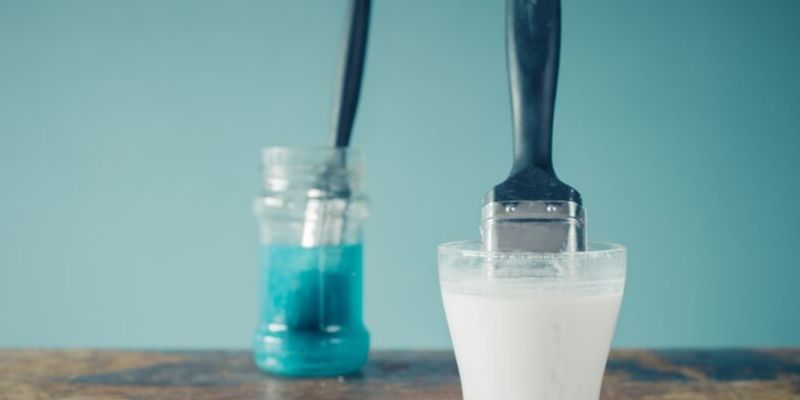How to choose the right silicone sealant
Have you ever found yourself trying to buy a silicone sealant and found yourself overwhelmed by all the different options? Well, you're not alone, this article explains the different types of silicone sealant and what that means for you. By the end of the article, you should be able to select the right sealant for your application.

